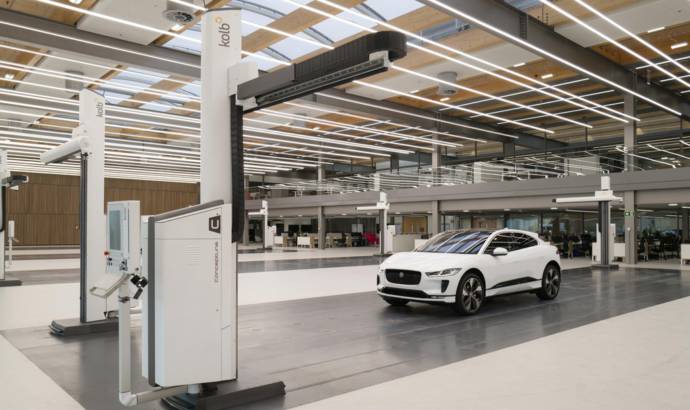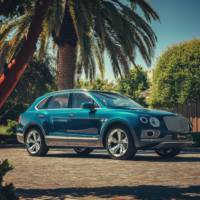Jaguar designs beautiful cars. In order to continue to do this, the UK manufacturer made some important investment. It has unveiled its new dedicated design studio in Gaydon, bringing the entire design team into one purpose-built creative space for the first time in the marque’s 84-year history.
Led by Jaguar Design Director, Julian Thomson, the new studio is the most advanced automotive design centre in the world, developed to enhance the human creative design process with world-leading technologies.
The ‘Heart Space’, a collaborative hub at the centre of the new Jaguar Design Studio, will bring together the diverse and creative 280-strong team as it designs future generations of Jaguars.
Surrounding the Heart Space are bespoke working environments for the Interior, Exterior and Colour and Materials teams, plus Design Visualisation and Design Technical disciplines.
Jaguar Design is made up of designers from across the globe and from a range of industry backgrounds, including fashion, watch-making, sports and gaming. Being drawn from such different spheres of design helps the team deliver its ‘Jaguar’ interpretation of Britishness using contemporary materials and processes. Those processes utilise industry-leading technology, including custom-made clay modelling machines allowing 20 models to be worked on at once, virtual reality (VR) systems and an 11-metre 4K digital display wall known as ‘The Electric’. The floor area of the new Jaguar Design Studio measures over 12,000m2 – an increase of around 33% of the total previous studio spaces based in Whitley.
The main studios are named Studio 3 and Studio 4, taking inspiration from the numbers of the Le Mans-winning Jaguar D-types of 1957 and 1956 respectively, as well as paying homage to studios 1 and 2 at Whitley, which was the home of Jaguar Design from 1985. The considered naming approach is continued in the meeting rooms, with half named after iconic Jaguar models and the other half taking their names from important people in Jaguar history, including founder Sir William Lyons, designer Geoff Lawson and the actor Steve McQueen.
Studios 3 and 4 house a total of ten clay modelling plates, each measuring 20-metres long and capable of accommodating two clays, with a load capacity of 4.5-tonnes. For the first time, designers can now place interior and exterior models next to one another to improve synergy and collaboration between the two disciplines.
The studios are fully temperature controlled to ensure clay remains in the ideal state to be worked by the 46-strong team of sculptors, while lighting is provided at exactly the right brightness and colour temperature for optimal vision.
Now, for the first time, designers will be able to scrutinise the models from alternative heights from the Mezzanine, View Room and The Steps – an amphitheatre-style seating area.
In addition, VR plays an increasingly important role in Jaguar Design with digitalisation teams appearing at every stage of the process from sketching through to launch animations. A VR rig enables designers and studio engineers to test ideas in the virtual world much faster and more efficiently than ever before. From the early conceptual stage, the Computer-Aided Surfacing (CAS) team convert the design sketches into digital 3D models while the in-house Design Visualisation and Animation (DVA) team works closely with designers and data teams to render and animate the sketches and 3D models.



